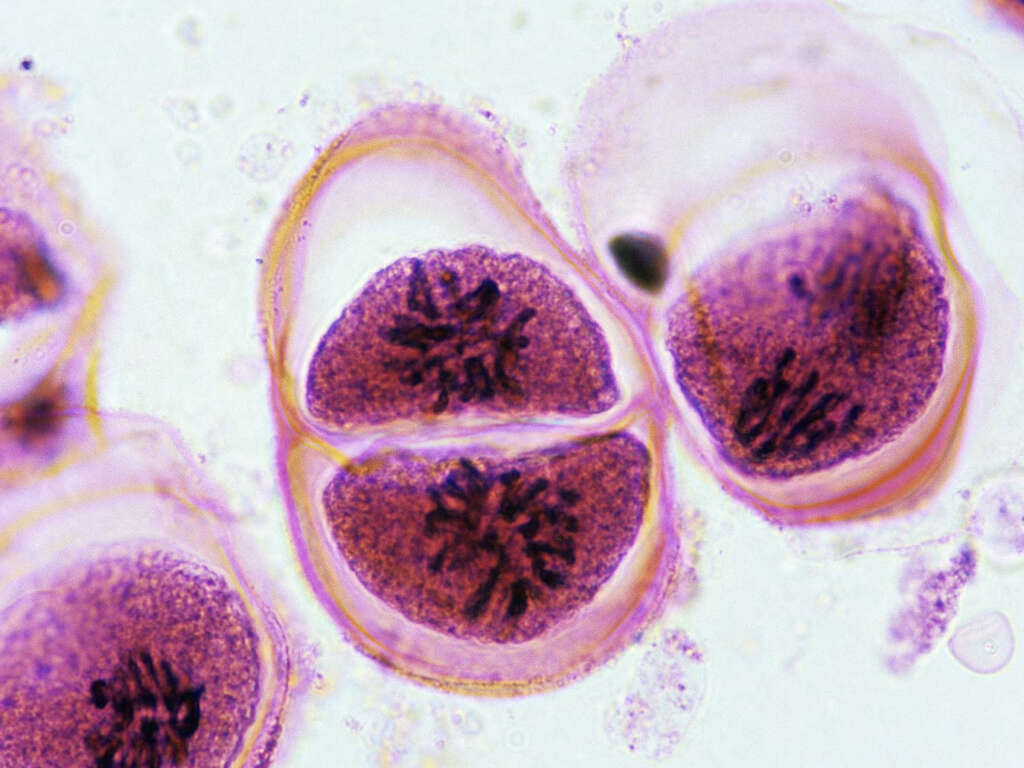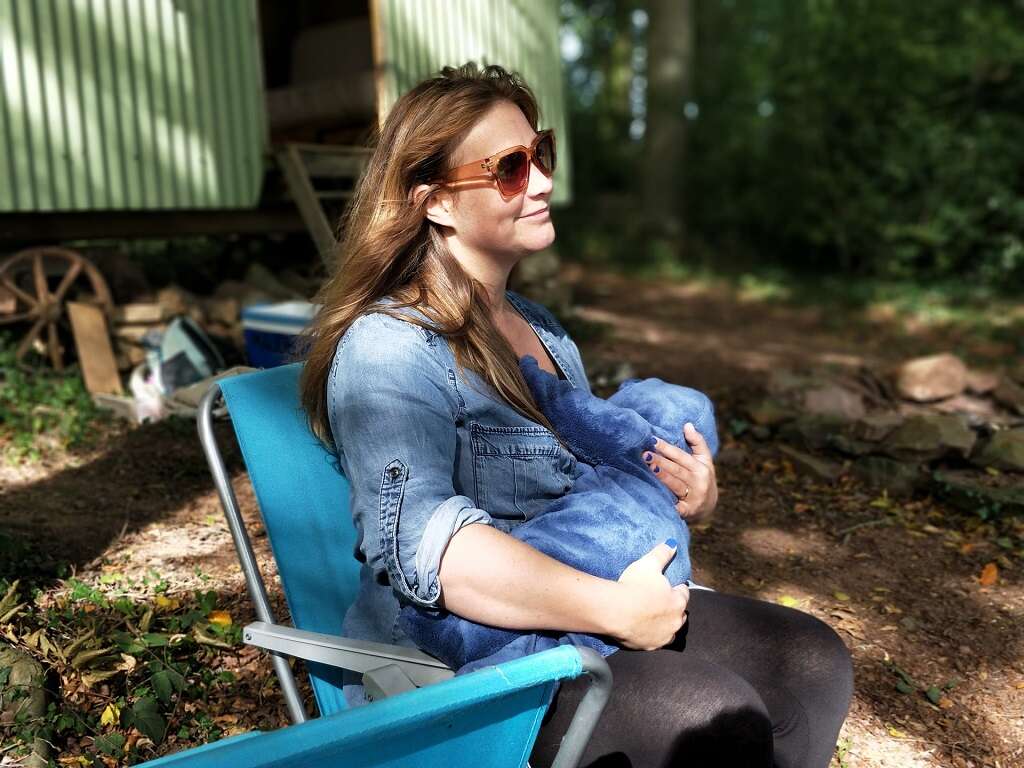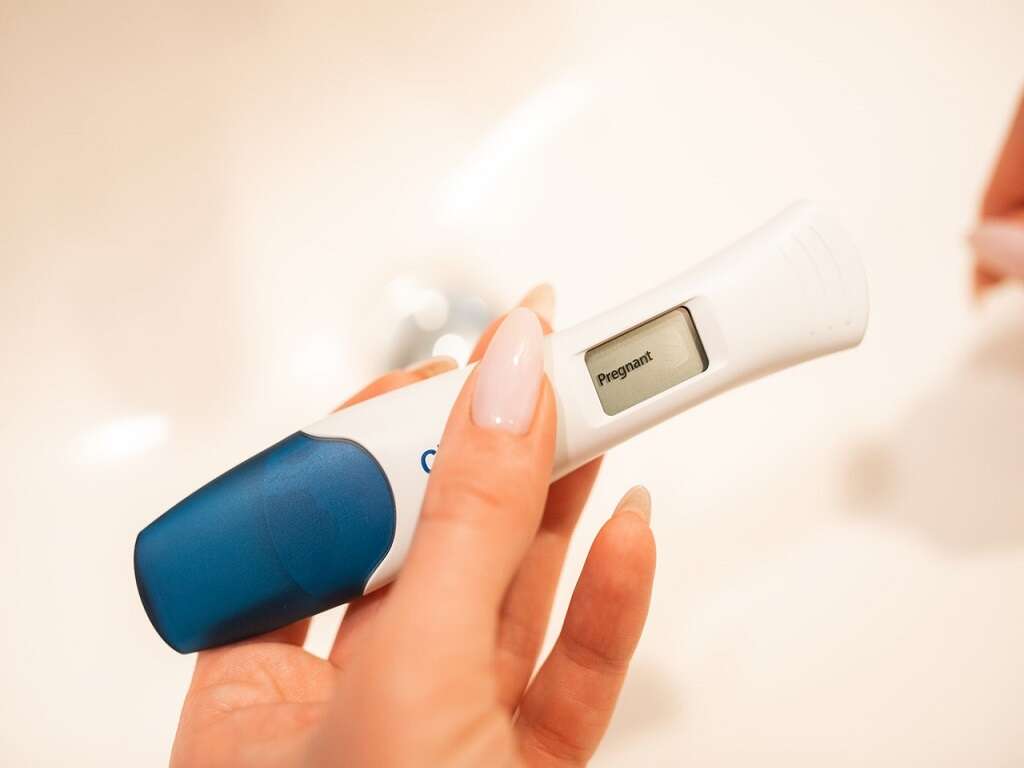10 Early Signs of Labor
Having a baby is a very exciting time, while it is also often a time of much apprehension. Everybody will be hopeful that the pregnancy goes well and that there are no complications on the big day itself. In order to help make sure that everything goes as smoothly as possible, it can help to recognize the signs that labor is approaching.
The signs of approaching labor will vary from woman to woman. What, in some women, will mean labor is due immediately, can mean labor is days away in other women.
Remember that if you are unsure, you should always seek medical assistance.
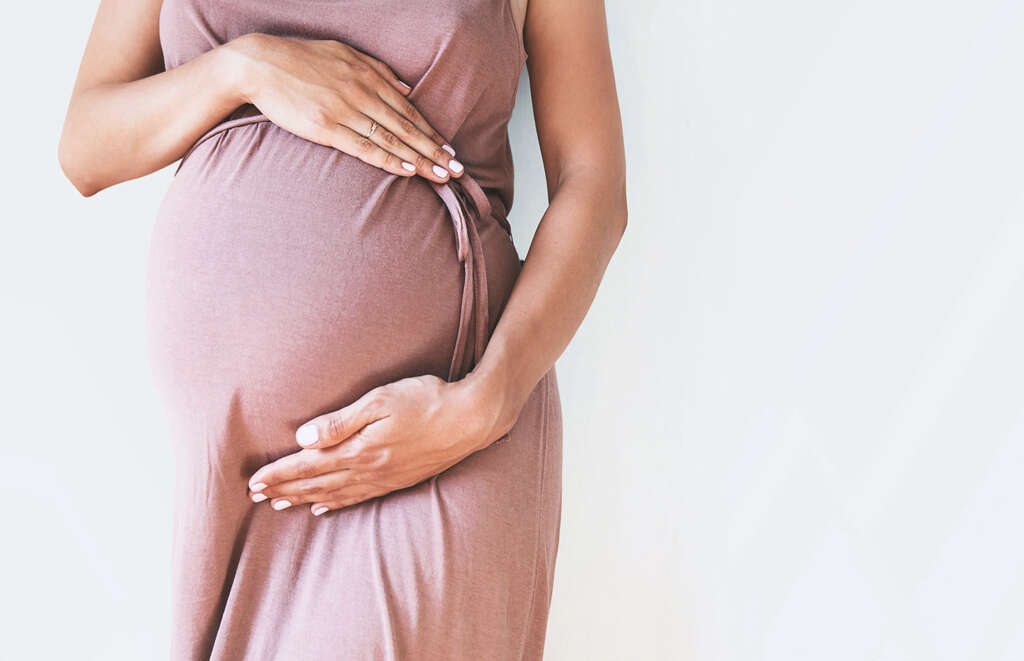
Early Sign #1: Looser Joints
As we get older, we tend to feel that our joints get gradually stiffer. This is mainly because our body parts are not as supple as they once were, but we can help maintain mobility and flexibility with exercise. Pregnant women can also find that their joints become looser as they approach labor.
A baby is quite a large object to pass out from the body, and it will need all the help it can get. As such, the body will begin to produce more relaxin, which is a type of hormone that helps our joints to relax. This also helps to relax the pelvis, and this makes it easier for the baby to be born.

Early Sign #2: Baby Shifts Position
As the time approaches for the big day, the baby will shift its position in the womb to make it better prepared for the exit. Ideally the baby will position him/herself head down. As labor approaches the baby will also sit lower into the abdomen which is termed dropping or lightening. This can happen as soon as four weeks before birth; however, in first time mothers dropping typically occurs as the time for labor becomes closer.
This can cause the patient to urinate more frequently because the baby is now pushing against the bladder. The patient is also likely to be waddling more than they were before. This movement is not without its positives, however, because less pressure on the lungs means that the patient can also often breathe easier.
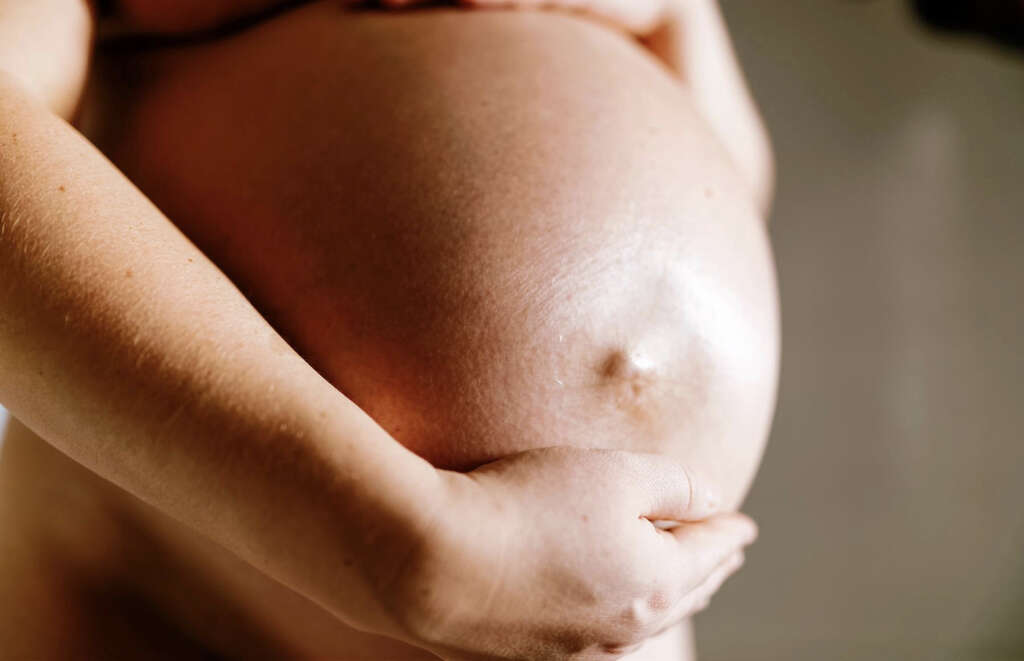
Early Sign #3: Stop Gaining Weight
As the baby grows, a pregnant woman will begin to put on weight quite rapidly. In addition to gaining weight directly from the baby itself, women will also put on weight by building more fat reserves and other reserves to help make sure the baby has all that it needs.
A baby can only grow so large before being born, though, and one sign that labor is approaching is that the patient will stop gaining weight. In some cases, women are even likely to start losing some weight as labor approaches. This is quite normal and it does not usually mean that the baby itself is losing weight.
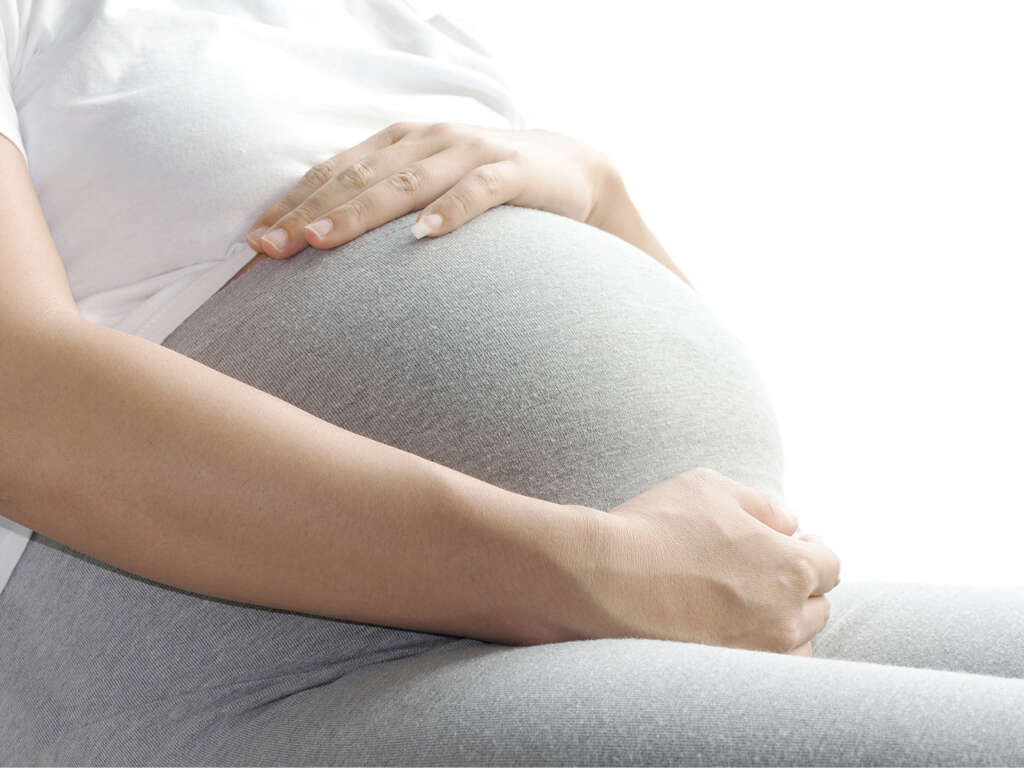
Early Sign #4: Cervix Dilates
The cervix is the narrow passage that connects the vagina to the uterus. Despite being so narrow, it still needs to allow the baby to pass through and to help prepare for the birth it begins to dilate as the big day approaches. This will usually occur days or weeks before the little one is ready to come into the world.
In addition to dilating, the cervix will also begin to thin out before the baby arrives. The dilation of the cervix is often monitored to help let medical professionals know how the pregnancy is developing. You can also check this for yourself using your fingers, but it is best to let a professional do it for you.
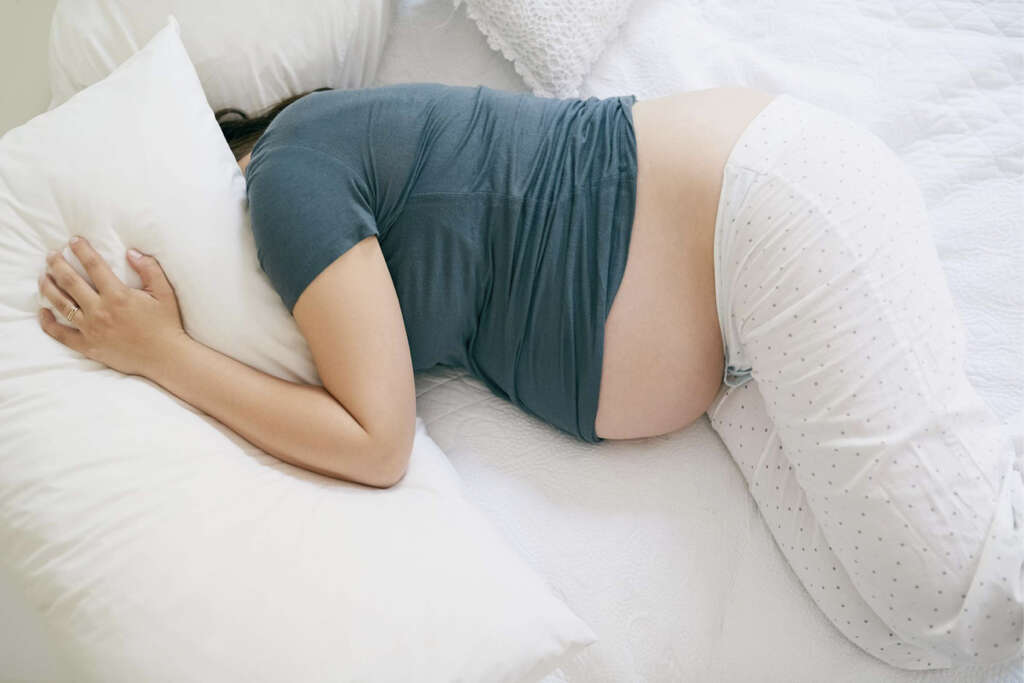
Early Sign #5: Diarrhea
The anal sphincter is a ring of muscles that clamps tightly shut to prevent feces from escaping at inopportune moments. If this muscle were to begin to relax when it needs to remain tightly closed, then the body may have difficulty holding feces in. This can happen as labor approaches as the body’s muscles begin to relax.
This symptom can obviously be rather embarrassing and the patient may be reluctant to move too far from a bathroom, although they should be taking it easy anyway. It is not usually something to be concerned about, other than the potential inconvenience, but anybody with the symptom should make sure they don’t become dehydrated.
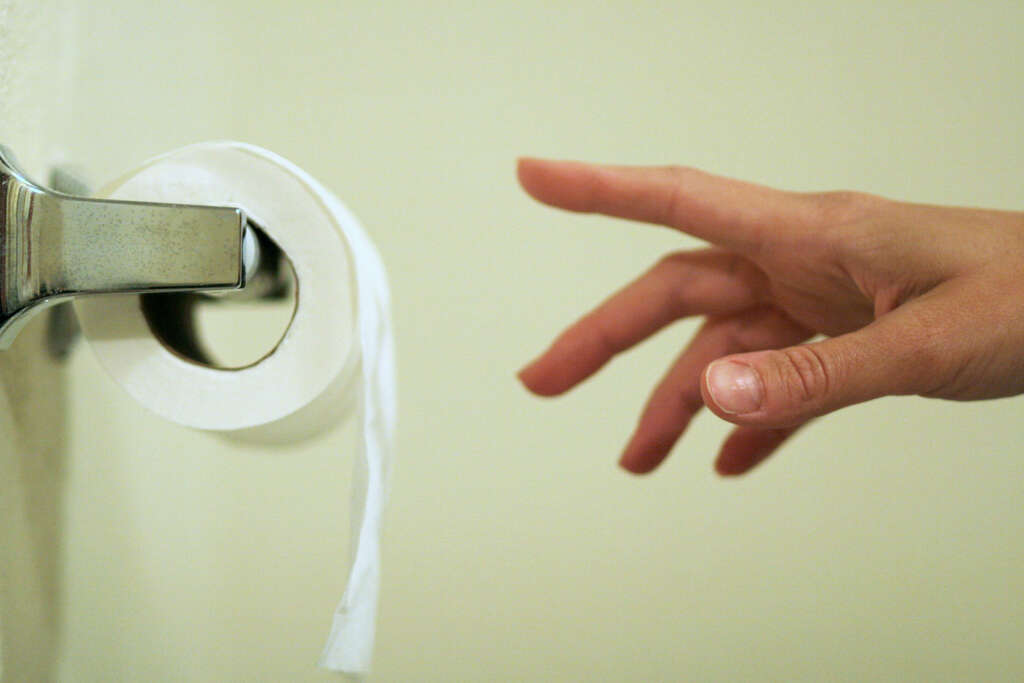
Early Sign #6: Cramps
As mentioned, a baby is too large an object to pass easily through the birth canal. Hence, everything needs to be loosened up to allow it to pass through safely, including the muscles and joints in the pelvic area. As such, the muscles and joints will begin shifting and stretching and this can cause cramps. Cramping in the lower abdomen can also be a sign of cervical dilation.
These cramps may be uncomfortable but they are quite normal and not usually something to be concerned about. Indeed, they are caused by a process that will help make the process of giving birth easier overall. The pain is generally felt in the lower back and is more common in cases where it is not the first pregnancy.
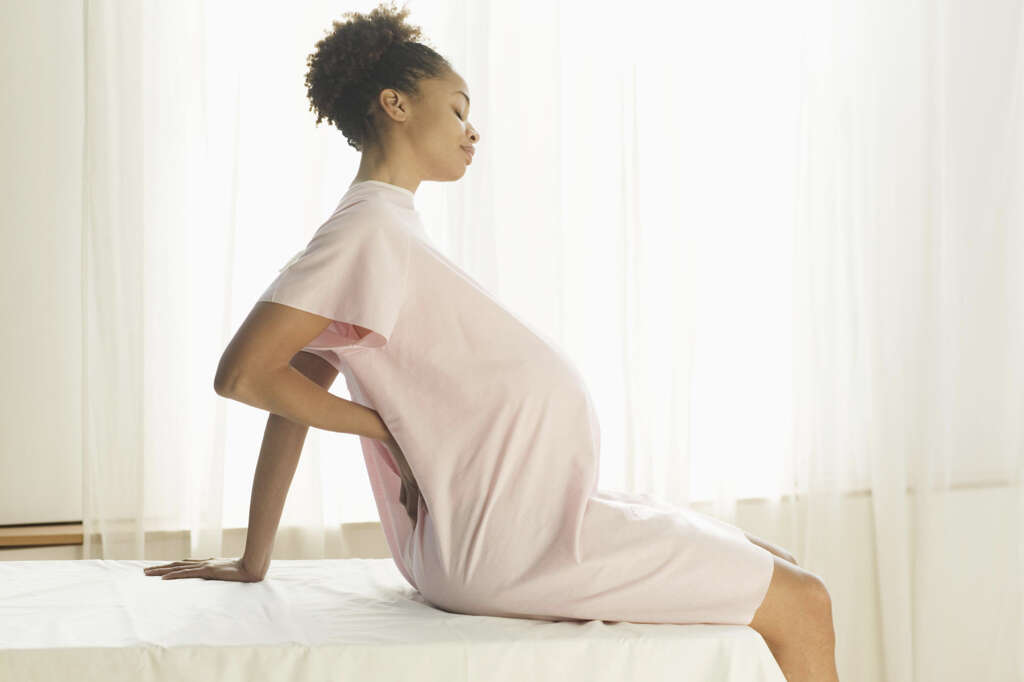
Early Sign #7: Nesting
It is easy to forget that we have barely evolved from our wild ancestors and, as such, we still retain some very wild characteristics. The urge to mate in itself is one of the most primal urges that just about any animal will have, along with everything that comes with it. This includes maternal instincts, and the urge to make a safe and comfortable home for the baby.
It is not uncommon for pregnant women to become more active as the big day approaches. They can develop instincts to organize and clean to make sure that everything is just right. Keeping the family clean for the arrival is, of course, a good thing, but make sure that you don’t work yourself too hard.
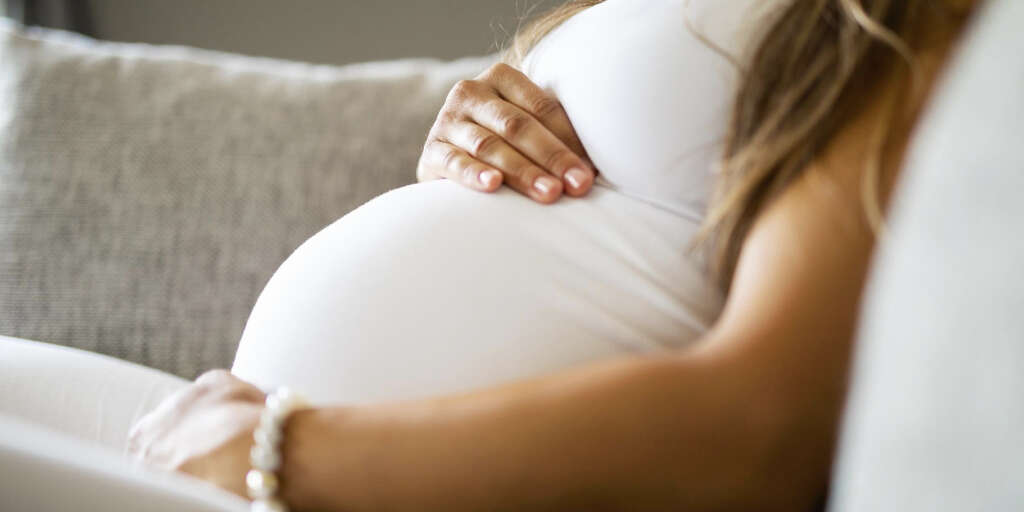
Early Sign #8: Passing the Mucus Plug
During pregnancy, the womb is plugged shut from the outside world, partly with help from a natural plug that plugs the cervix. This plug is in the form of a thick mucus, and it will often be passed from the body in the days approaching the birth of the child.
Sometimes, the plug will not pass until labor has commenced, while in other instances it can be moved out of position early by the baby’s head. In cases of the latter, some blood may be present in the discharge but it is not usually something to be concerned about. This is known quite commonly as “bloody show” .
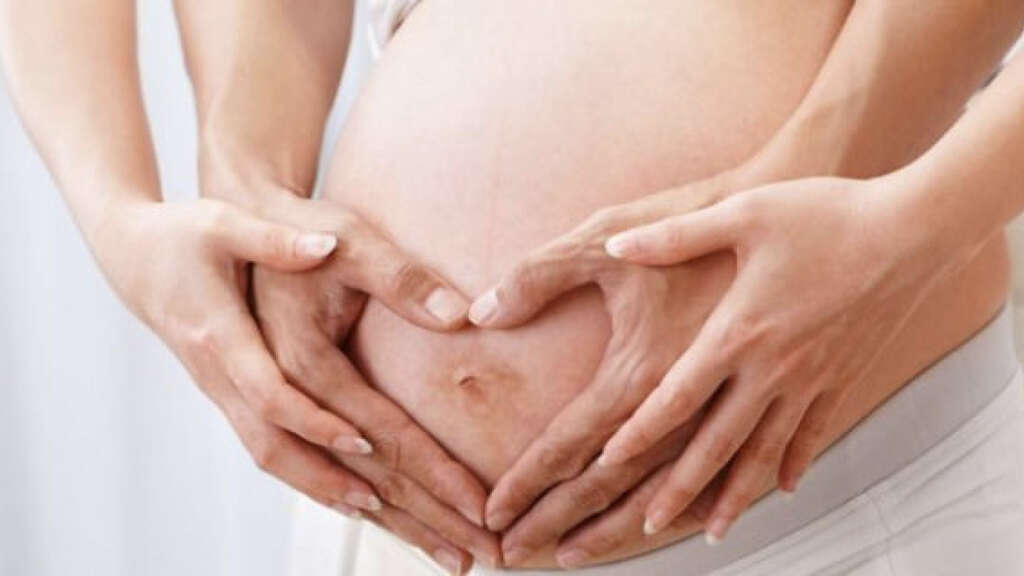
Early Sign #9: Braxton-Hicks
Contractions are an essential part of labor as they help the body to push the baby from the body. They can be very uncomfortable, but they are also necessary. While true contractions occur when the patient is in labor, “false” contractions can occur in the days approaching the big day.
These false contractions are known as Braxton-Hicks and they are often described as a tightening, stabbing, or pounding sensation. They are not as strong as true contractions and also do not occur as regularly. If contractions do begin to occur at intervals of less than 10 minutes apart, it is a clear sign that labor is approaching.
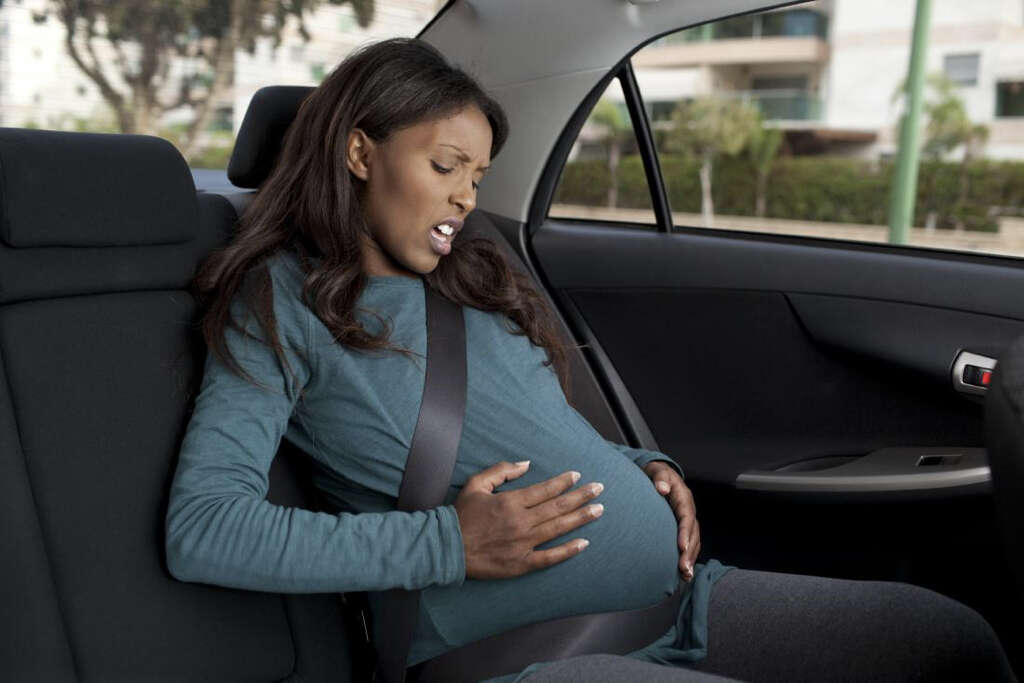
Early Sign #10: Water Breaks
As the baby is developing in the womb, it is encased in an amniotic sac. The sac contains the amniotic fluid, and this fluid helps with the exchange of nutrients and also helps to act as a cushion for the baby inside. When labor is approaching, this sac will sometimes break, causing the fluid to be released.
This causes no pain and the patient will usually feel no more than warm fluid running down their legs. In some rare cases, the baby is still born inside the sac, which will need to be cut open to remove the baby. This may be unusual, but it is usually harmless to both mother and baby.






